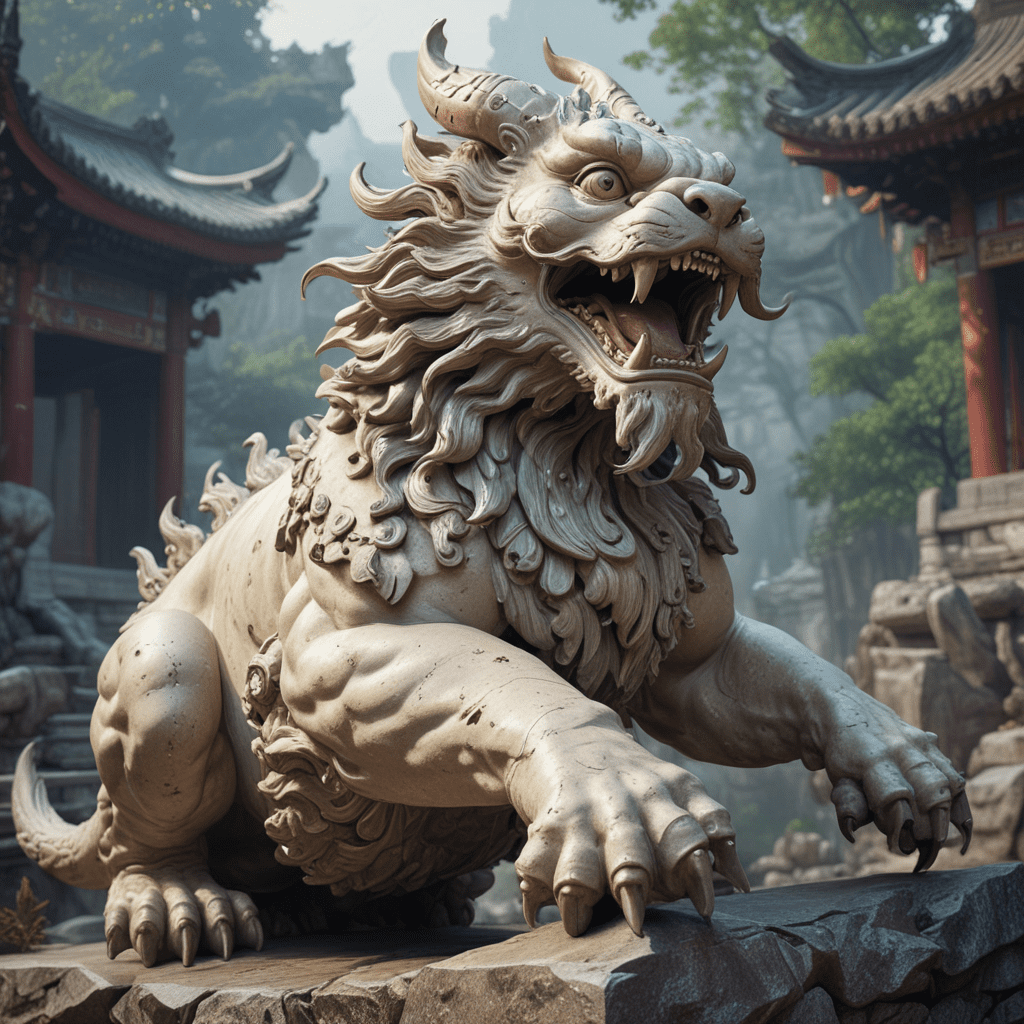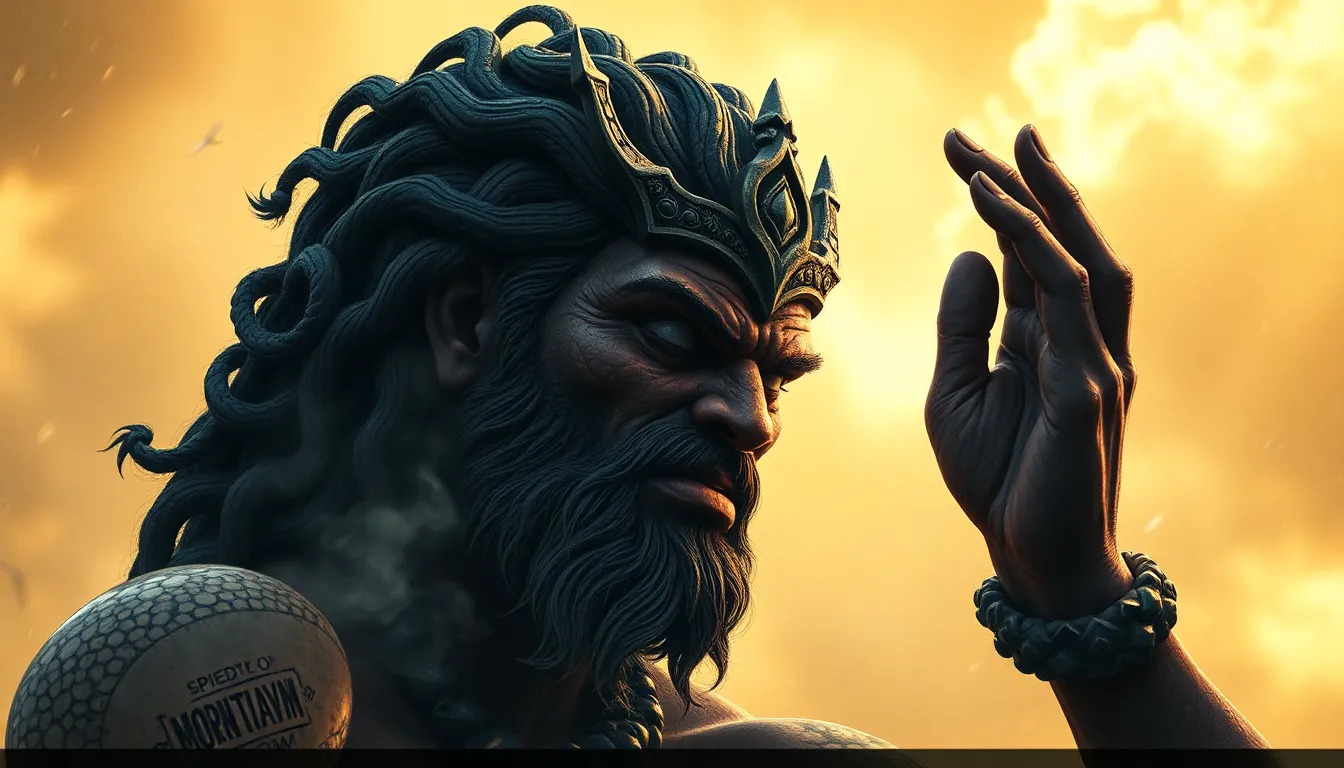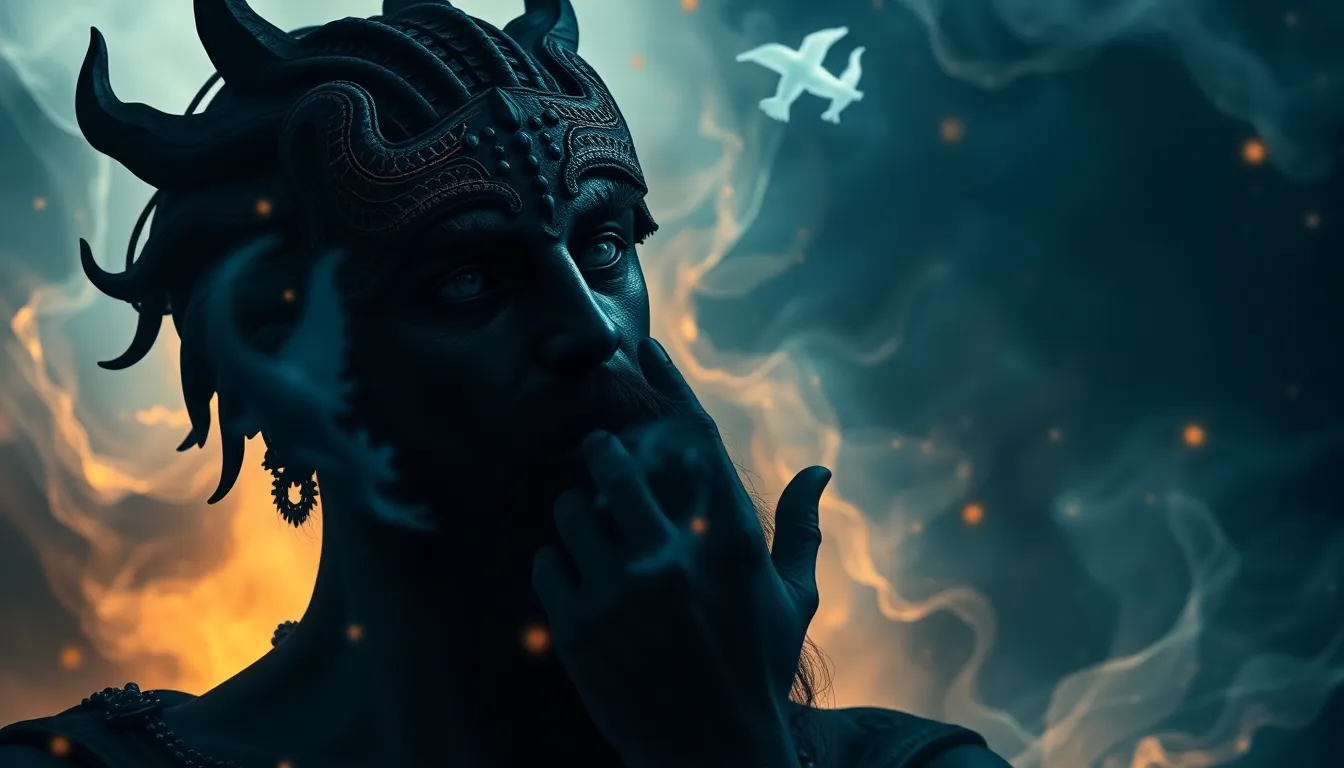Chinese Mythological Creatures of Stone: Pixiu and Tianlu
Introduction: The Enigmatic World of Chinese Mythology
Chinese mythology is a rich tapestry of captivating tales, legendary beings, and supernatural creatures. Among these enigmatic figures, Pixiu and Tianlu stand out as remarkable stone-based creatures that have captivated the Chinese imagination for centuries. Their mythical origins, auspicious attributes, and enduring cultural significance make them fascinating subjects of exploration.
Pixiu: The Auspicious Beast of Fortune and Wealth
Pixiu, also known as Pi Yao, is a mythical creature depicted as a winged lion-like beast with a single horn on its forehead. Legend has it that Pixiu is the ninth son of the Dragon King and possesses an insatiable appetite for gold and silver. This insatiable hunger symbolizes its ability to attract and guard wealth, making it a highly revered symbol of fortune and prosperity in Chinese culture.
Tianlu: The Celestial Guardian of Prosperity and Safety
Tianlu, often referred to as the Heavenly Deer, is another mythological creature revered for its protective powers and blessings. Depicted as a celestial deer with a majestic pair of antlers and a luminous aura, Tianlu is believed to bestow safety, prosperity, and longevity upon its guardians. In Chinese mythology, Tianlu is often associated with the God of Wealth, further solidifying its connection to material abundance.
VI. Symbolism of Stone in Chinese Mythology
In Chinese mythology, stone is a potent symbol imbued with profound meanings. Its durability and resilience represent strength and protection, qualities attributed to both Pixiu and Tianlu. Moreover, stone is associated with the earth, grounding them and connecting them to the supernatural world.
VII. Pixiu and Tianlu in Contemporary Culture
Pixiu and Tianlu remain popular artifacts and amulets in contemporary Chinese culture. They are often depicted in jewelry, statues, and other decorative items, serving as symbols of good fortune and prosperity. Their presence in tourist attractions and cultural heritage sites further reinforces their enduring legacy.
VIII. Cultural Impact and Legacy
Pixiu and Tianlu have significantly influenced Chinese architecture and art. Their images adorn temples, palaces, and other significant landmarks, symbolizing their protective and auspicious nature. Furthermore, these mythical creatures hold a prominent place in religious beliefs and practices, reinforcing their relevance in Chinese society.
IX. Conclusion: The Enduring Legacy of Pixiu and Tianlu
Pixiu and Tianlu remain enduring symbols of fortune, wealth, and protection in Chinese mythology. Their captivating stories, auspicious attributes, and deep-rooted cultural impact have ensured their enduring legacy for centuries. As mythical creatures continue to fascinate and inspire, Pixiu and Tianlu will forever be revered as guardians of prosperity and symbols of the enchanting world of Chinese mythology.
X. References and Further Reading
- Chinese Mythology: Pixiu and Tianlu
- The Auspicious Beasts of Chinese Mythology
- Pixiu: The Mythical Creature of Wealth
Frequently Asked Questions (FAQs)
Q: What is the difference between Pixiu and Tianlu?
A: Pixiu is a winged lion-like beast associated with fortune and wealth, while Tianlu is a celestial deer known for its protective powers and blessings.
Q: Are Pixiu and Tianlu real animals?
A: No, Pixiu and Tianlu are mythical creatures from Chinese mythology.
Q: How do I use Pixiu or Tianlu to attract good fortune?
A: In Chinese culture, it is believed that placing Pixiu or Tianlu figurines in your home or office can promote wealth and prosperity.



